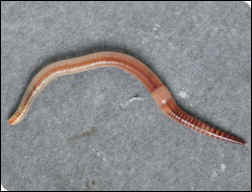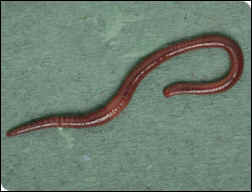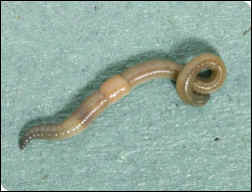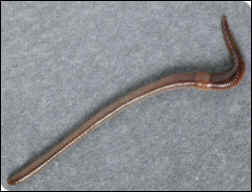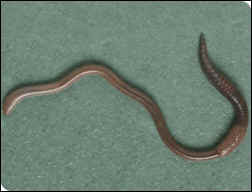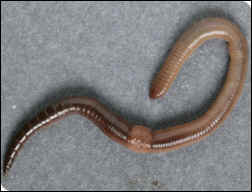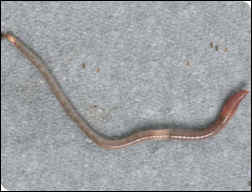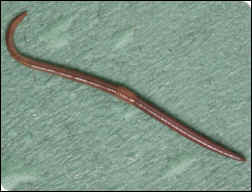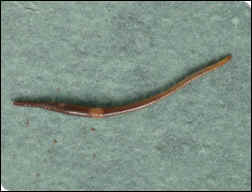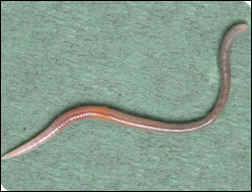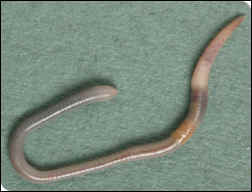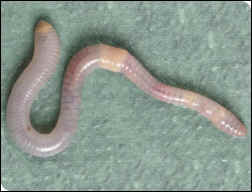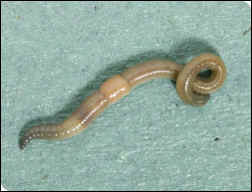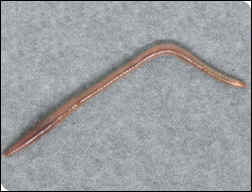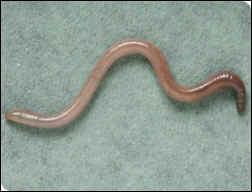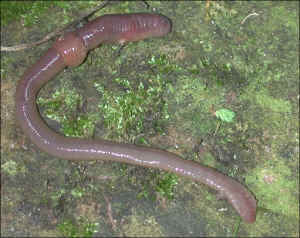
WORM
DOSSIER
There are a surprising number of worm species to be found lurking beneath our feet in the UK, but 12 species in particular are fairly widespread across the country.
OK, perhaps not the most endearing creatures in our natural surroundings, but they are amongst the most essential, and certainly amongst the most numerous. So just because they spend the vast majority of time out of sight underground, that’s no excuse for ignoring them.
They are of course responsible for the condition of our soil; their constant comings and goings beneath our feet ensures millions of mini metro tunnels which aerate the soil and aid drainage. Their incessant munching of plant pieces, and other detritus at one end further conditions the soil and finally, the ‘passing’ of the food stuff through their system out the other end results in a continual stream of new, friable soil wherever the busy beastie goes.
It would be of interest to know just how many types can be found in the Cookhams.
COOKHAM
WORM SURVEY
A wonderful (if slimy) opportunity exists to join in with an unusual national survey which will contribute to our knowledge of the distribution of our commoner species. Sponsored by Imperial College and the Natural History Museum, the project encourages us all to study which ones we have, and what type of soil they are present in.
It is handy to know the names of the various parts of a worm, so the following might be helpful:-
The
first protuberance, at the extreme left,
is
a fleshy lobe covering the mouth.
The
next item is the first segment.
Saddle

Raised
15th Segment
Saddle Pads
pads
with male ‘pore’
Next we need to take a look at the likely species we may find in our soils and compost heaps. Using the Control key and the right click button on the mouse should take you to further information on the project web site, where there are full instructions on how to participate and submit your findings. However, if you would be so kind as to also give us a list of which species you find for our Cookham Wildlife Dossier, it would be appreciated.
The project runs from now to the end of May, so get those trowels out, join in the fun and get stuck in!
The next part of the national project involves discovering what types of soil each of these species prefer, so a number of interesting techniques are described to test the soil in the vicinity of each inspection pit.
This is an ideal opportunity for the family to work together in exploring the soil and the creatures living with in, which of course will include woodlice, centipedes, millipedes and a variety of other harmless mini-beasts. So do get involved.
Click on any of the images to the right for more information on them.
The full project outline, all the necessary downloads, and the data entry facilities are all on www.opalexplorenature.org
